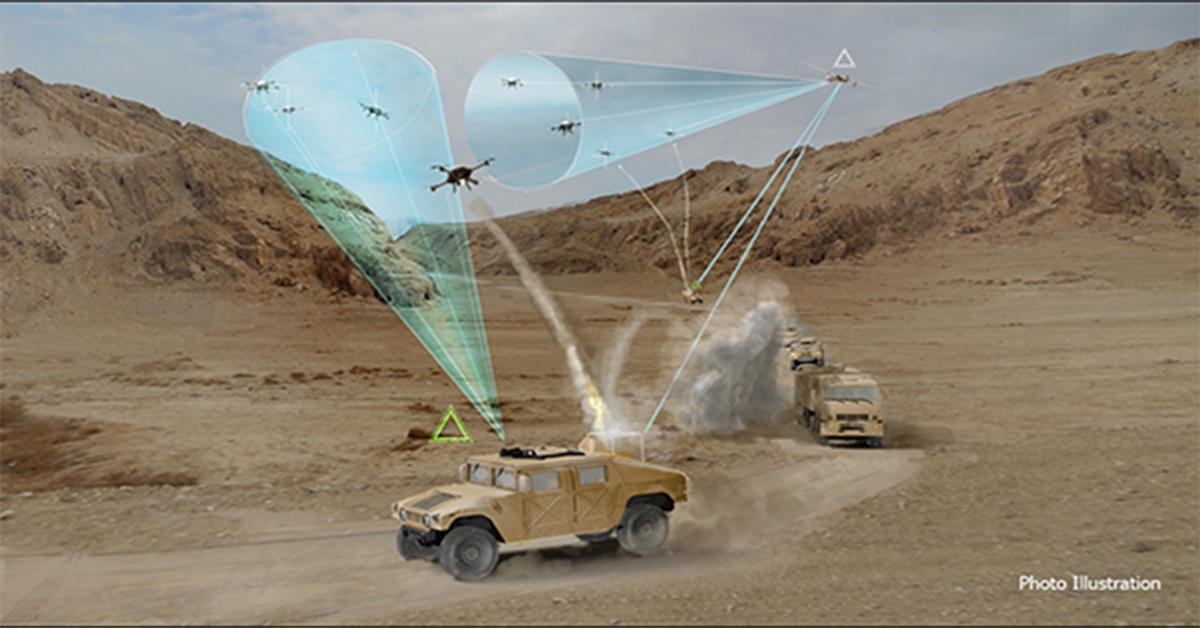As the Pentagon’s latest budget slouches toward Washington, a $716 billion beast waiting to be born, it is time to take a closer look at how the robots in the budget survived the various committees and drafts.
As expected, the 2019 National Defense Authorization Act is a boon for drones, allocating funding for nearly three times as many uncrewed vehicles as in previous years. Most of those new drones are small, cheaper models, which is a trend reflecting in the other big spending increased in this budget: The Pentagon is set to spend almost twice as much on countering other drones in 2019 as it spent on that same in 2018.
The Association of Unmanned Vehicles System International has provided an in-depth look at how exactly the 1.4 percent of the defense budget allocated to drones is spent, detailing the minute differences in the comparatively meager $9.6 billion allocation. From the AUVSI’s report:
For the counter-drone mission, the Pentagon is splitting $1.5 billion between over 90 different projects, ranging from modifications to existing missiles and anti-air systems to directed energy weapons to electronic warfare software. The largest share of the 2019 budget for counter-UAS is set to go to the Army’s Indirect Fire Protection family of systems, though the most interesting projects aren’t always the budget headliners.
Buried further down the spending list is DARPA’s “Multi-Azimuth Defense Fast Intercept Round Engagement System” (MAD-FIRES) project, which a projectile as agile and useful for interception as a missile, but cheap enough to be fired and fielded like a bullet. There’s also a submunitions project from the Air Force to “Exploit the signatures of ISR targets; capture and catalog multispectral signatures on asymmetric threat Unmanned Aerial Systems.” That project is dubbed “Chicken Little,” perhaps with the explicit goal of making the sky fall.
What the diversity of counter-drone programs, and drone programs generally, in the new Pentagon budget show is that this is still a young field, one with drone types and countermeasures all in flux. It’s likely that future years will see more spending on counter-drone tools, but it’s also equally likely that the range of countermeasures will shrink as people fighting learn first-hand what does and doesn’t work.
Kelsey Atherton blogs about military technology for C4ISRNET, Fifth Domain, Defense News, and Military Times. He previously wrote for Popular Science, and also created, solicited, and edited content for a group blog on political science fiction and international security.








